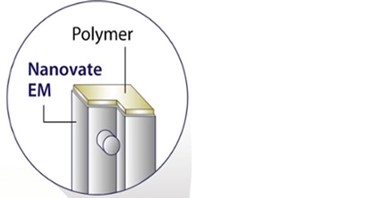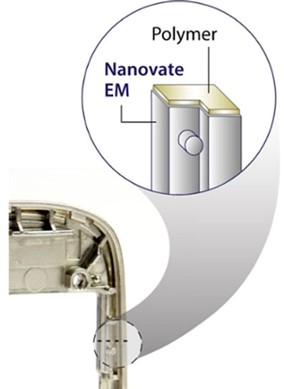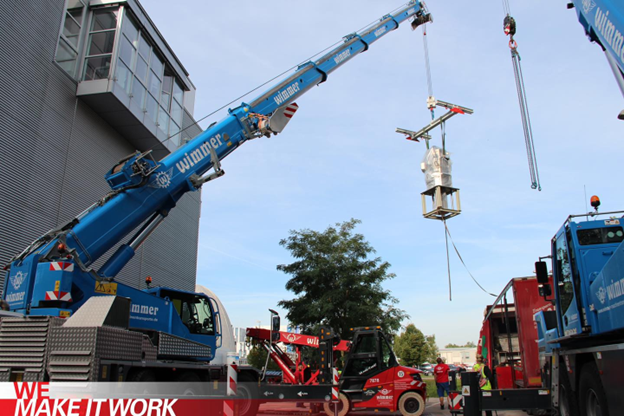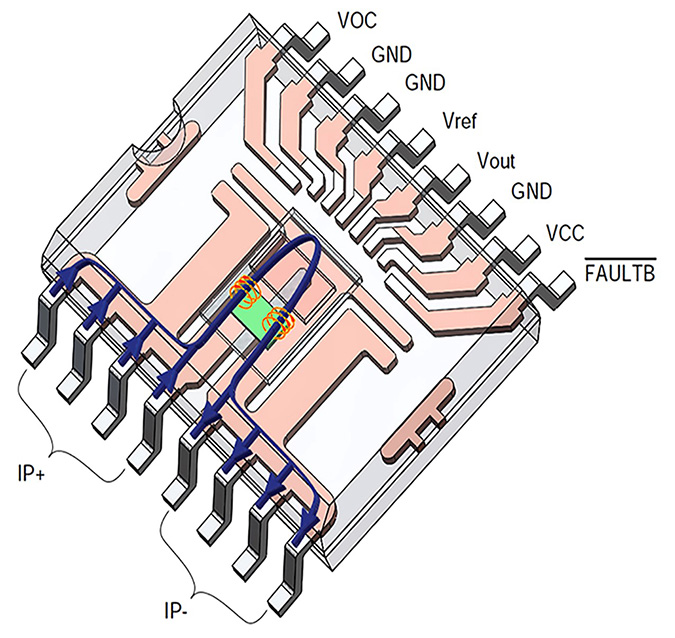
Design engineers searching for a fresh approach to their magnetic shielding needs may want to consider the possibilities that nanotechnology might offer by electroplating or electroforming a magnetic shield coating onto their product. One such solution comes from metallurgical nanotechnology specialist Integran of Mississauga, Canada whose products based on its electrodeposited nanocrystalline Nanovate metal platform are frequently used in aerospace, medical and military-based industries.
Nanovate EM from the company has good soft magnetic properties such as high magnetic permeability and good saturation magnetization. Aside from the obvious processing benefits of coating a part, it is nanocrystalline and does not suffer from shock drop or strain sensitivity in magnetic shielding performance seen with traditional large grain size materials. When electroplated, Nanovate EM can add magnetic shielding to a wide variety of parts like electronics enclosures and housings, inertial navigation sensors such as optical gyroscopes and others made from a variety of materials:

Machined aluminum - On its own aluminum is transparent to magnetic fields and therefore magnetic interference. This is the most common electronics enclosure material for electronics like optical gyroscopes, power supplies, sensors, vacuum chambers to which Nanovate magnetic shielding can be added, especially since good dimensional control of the shield can be maintained. Integran can either supply the magnetic field shielded aluminum to the drawing specifications, or plate the aluminum parts.
Thermoplastic polymers - Similar to aluminum, polymers do not provide any magnetic shielding on their own but Nanovate EM can be plated directly onto a wide variety of plastics to impart magnetic shielding. It is a particularly good solution where weight of the final shield is of critical importance, or the complexity of the part lends itself to injection molding.
Stamped mild steel - Mild steel has poor magnetic permeability, but decent magnetic saturation. Adding Nanovate EM can boost the shielding performance of mild steel. Common applications are where cost is critical, volumes are high and product weight is less important.
Other Materials - Adding a soft magnetic coating to a non-magnetic material like aluminum or stainless can create interesting products for sensor coil coupling applications. Nanovate EM can be selectively plated onto them.
In all cases, notes Integran, the plating process adds magnetic shielding without adding unnecessary bulk and processing steps of traditional formed magnetic shields. In addition to low frequency shielding, it can provide high frequency shielding in applications where skin thickness is not a concern. Alloys of 77% nickel, 16% iron, 5% copper, and 2% chromium or molybdenum and other high nickel content specialty metal alloys are commonly used for high performance magnetic shielding applications, where high magnetic permeability is important in achieving the maximum magnetic attenuation performance — in contrast to high frequency EMI shielding where a merely conductive coating, like silver or copper, will suffice. For more info, see www.integran.com.



